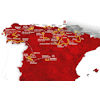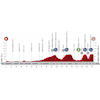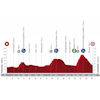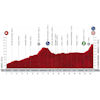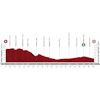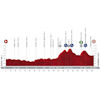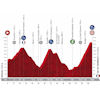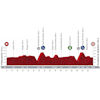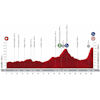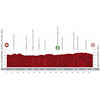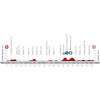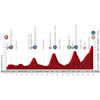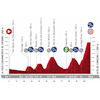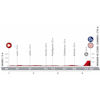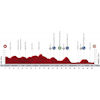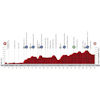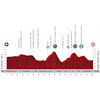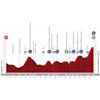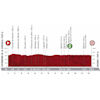The Gran Salida kicks in hard as the 1st stage serves the first uphill finish near the Sanctuary of Arrate. The finish climb is 5 kilometres long, the last 3 of which rise at almost 10%, before the riders storm to the line in a plateau section of 2 kilometres at the top.
Stage 2 travels on undulating terrain from Pamplona to a promising finale in Lekunberri. Firstly, a 9.9 kilometres at 7.8% on a lumpy concrete road; secondly, a 17 kilometres downhill to the line. The 3rd stage finishes uphill at Laguna Negra after a long climb at mostly shallow gradients before the last kilometre goes up at 10%.
The 4th stage travels from Garray to Ejea de los Caballeros before stage 5 brushes against the Pyrenees in a race from Huesca to Sabiñánigo. La Vuelta ventures into the mountain range in stage 6 for a summit finish in ski resort Aramon Formigal.
Second week
Stage 7 goes from Vitoria-Gasteiz to Valdegovía, where Jay McCarthy sprinted to victory on the 2018 Tour of the Basque Country, before the climbers and GC riders will rejoice in another summit finish. Stage 8 climbs to Moncalvillo, which is an ascent of 11 kilometres with an average slope of 9%.
Two chances for sprinters – stage 9 and stage 10 – make way for a huge GC battle in the final weekend of the second week. The 11th stage finishes at La Farrapona, a 16.5 kilometres climb at 6.2%, which is – again – a biased statistic as the last 6.5 kilometres rise at 9.4%.
Stage 12 is something else entirely, as the mythical Alto de El Angliru is on the cards. The 12.5 kilometres climb slopes at 9.8%, although it is fair to say that there are three Angliru’s. The first 5 kilometres go up at 8% and following a relatively flat kilometre the rest of the mountain is pure horror with an average gradient of 15%. The steepest sector of 23.5% – aptly named Cueña les Cabres (goat path) – appears 3 kilometres before the top.
Third week
The 13th stage is an ITT for punchers. Pure time trialists will love most of the 32.5 kilometres route, but must be horrified by the last 1.8 kilometres. The Mirador de Ézaro comes with an average gradient of 14.6%.
Stage 14 is a hilly race through the Galician interior before stage 15 is a long hilly race to Puebla de Sanabria. The 16th stage sets off in Salamanca to traverse the Sierra de Peña de Francia for a finish in Ciudad Rodrigo.
Still one more mountainous test to go. Stage 17 serves the last summit finish on the 2020 Vuelta in ski station La Covatilla. Following five uphill tests underway the finish climb is 9.8 kilometres long and its average gradient sits at 7.1%.
The Spanish Grand Tour concludes with a city circuit in Madrid. The finish of stage 18 is at the Plaza de Cibeles.
Vuelta a España 2020: route, profiles, more
Click on the images to zoom
